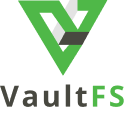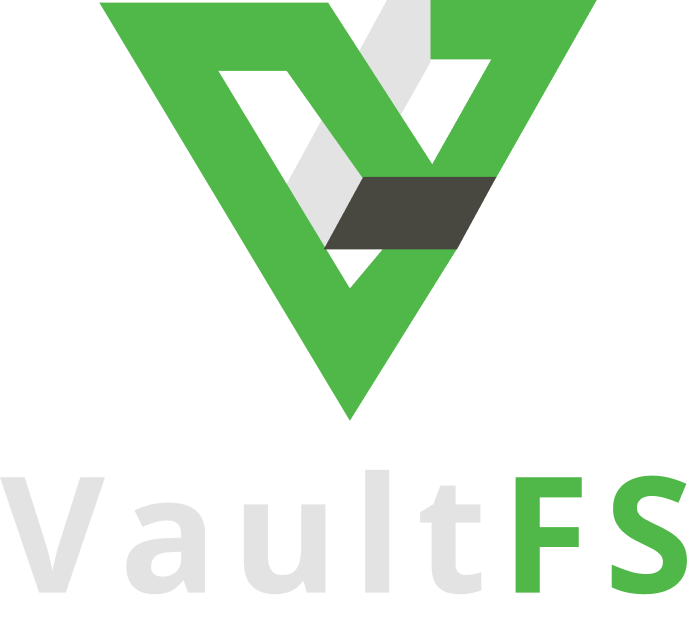FAQ
VaultFS supports any software RAID configuration in realtime without any of the configuration lock-in.
Conventional file systems don’t automatically compress for all data and file types. VaultFS optimizes data storage efficiency, including compressed data based on file type and size.
No. The technology offers a hands-off data management system. It is automated to identify problems (bit rot or failed disks), fix and report back to the system administrator. No manual intervention is needed.
Yes. Unlike conventional systems which are fixed and not scalable, VaultFS is completely scalable by simply adding more disks. More disks means more IO performance and higher robustness against hardware failures, achieving the best of both RAID-0 and RAID-1 without any of the configuration lock-in.
Unlike other systems, which are typically separate offerings, the VaultFS parallel distributed file system is paired with carefully engineered storage hardware to improve energy efficiency by up to 10x over off-the-shelf solutions.
RAID is the classical approach to making storage devices more reliable, however data in any RAID configuration is still prone to bit-flips, and data recovery is still a manual procedure.
Configuring Ceph requires understanding and manually configuring `cephadm, ceph, rbd, rados`, four different software tools in order to set up a single Ceph storage cluster. This has caused developers to create `rook`: a ceph automation tool which piggybacks off of `kubernetes` to simplify deploying ceph; since ceph is so complicated, but even then you still need to learn `kubernetes` to maintain a `ceph` cluster via `rook`.
VFS on the other hand only requires a single `yaml` file to describe the ip addresses and disks (size and shape) of your storage infrastructure, we provide scripts which will deploy and scale up VaultFS to fit your `yaml` infrastructure target. No need to learn any command-line tools to spin up a basic SwissVaultFS cluster, however we do also provide the `vman` VaultFS management tool for admins who want to manually configure which directories to assign higher storage importance.
The installation process requires first setting up a user with the same name on all machines, then running `SwissSSH.sh` which is an SSH configuration tool for enabling root user SSH support, which then installs root SSH keys onto all nodes in the cluster. Afterwards you can run `SwissDeploy.sh` which reads `vfs-infrastructure.yaml` (list of ip addresses and disks to add into the VaultFS cluster) then installs VaultFS onto all machines and partitions all the disks in the cluster in one click.
VFS saves money for its users by allowing them to use unreliable storage hardware until the point of failure, without sacrificing the availability of the data across all disks in the cluster, VFS ensures you get the maximum life out of each drive in your storage cluster. It also saves time by enabling users to skip the data-center refresh cycle, instead only needing to replace hardware as it fails, rather than pre-emptively replacing hardware before failure.

